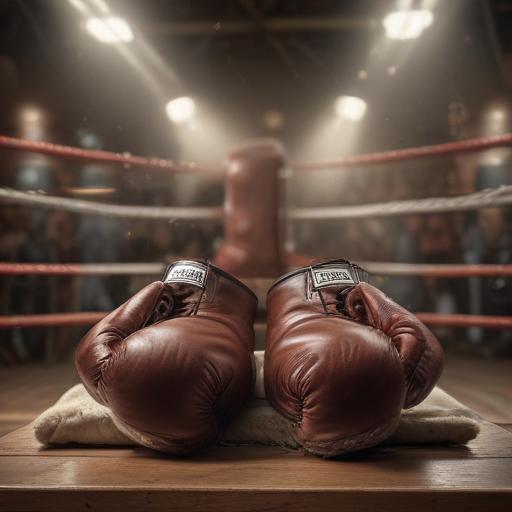Longtime trainer Abel Sanchez weighs in on the proposed Canelo Alvarez versus Terence Crawford showdown, offering a perspective shaped by years in the corner and a view that Canelo’s size could be a decisive factor.
Sanchez argues that beating Canelo requires an all-out, pressure-forward approach. “In order to beat Canelo you have to be willing to take a shot and press him and press him and make sure you keep him busy and keep him backing up,” he said. “If you can’t muscle him, if you can’t be more effective than he is with his punches and push him back then you’re not going to beat him. You leave him on the outside he’s going to pick you apart, he’s going to pound your arms.” He notes that opponents who have been able to impose physicality on Canelo, like Gennady Golovkin’s era, or those who could sustain activity against him, have had success.
Addressing Terence Crawford specifically, Sanchez is candid about the challenge. “Terence, I don’t care if he goes up to 200 lbs, doesn’t have that in time… If he would’ve fought three or four guys already at that weight and build up his work ethic and his strength by competing and beating guys at that weight, then I could see it. But he’s ballooned up to whatever it is he is, which in my opinion is the worst thing he could’ve done.” He also questions Crawford’s decision to move to a higher weight, suggesting that staying closer to 170 pounds would have preserved maximum strength, while acknowledging Crawford’s status as a Hall of Famer.
Sanchez also hints at how the early rounds might unfold. “But if it would’ve been me, I would’ve kept him at 170 lbs, the weight he’s going to fight at, that way he wouldn’t have to lose nothing, he’d be as strong as he can be at that weight,” he says, adding that if Crawford is genuinely operating at a much higher weight, the dynamic could shift. He concedes that Crawford’s hand speed could give him an edge in the first few rounds, but predicts that Canelo will adapt and ultimately control the fight as he has in similar past battles. “The first three or four rounds Terence will have an advantage because of his hand speed, but once Canelo assimilates and gets used to the combinations coming at him I think it’s a sparring session again for Canelo as he’s had in the past…I see Canelo going away towards the end with a decision.”
What this adds to the conversation is a visible tension between technique and size. Sanchez’s view centers on a принципal notion in boxing: staying active and forcing the pace often tests a bigger fighter’s readiness to withstand sustained pressure. He acknowledges Crawford’s elite skill and Hall of Fame pedigree, but questions whether that edge can overcome what he sees as Canelo’s natural size and strength advantages.
Additional context and value for readers:
– The discussion underscores a broader debate in boxing about whether a smaller, technically elite fighter can consistently overwhelm a larger opponent by pressing the action and imposing a high-work-rate game plan.
– Sanchez’s comments reference real-world examples where pressure and physicality have trumped pure skill, such as the approach used by certain fighters against Canelo in past bouts.
– The dialogue highlights how weight strategy and conditioning can influence the perceived effectiveness of an opponent’s strengths, a factor fans and bettors often weigh ahead of big fights.
Overall, Sanchez provides a thoughtful, if cautious, take on a hypothetical matchup. His emphasis on pressure, timing, and the potential weight dynamics offers fans and analysts a framework for evaluating how Crawford might approach Canelo and what would be required to tilt the odds in Crawford’s favor. The discussion invites optimism about a compelling clash, while keeping expectations grounded in the realities of size, strength, and strategy that have defined high-stakes boxing for years.
